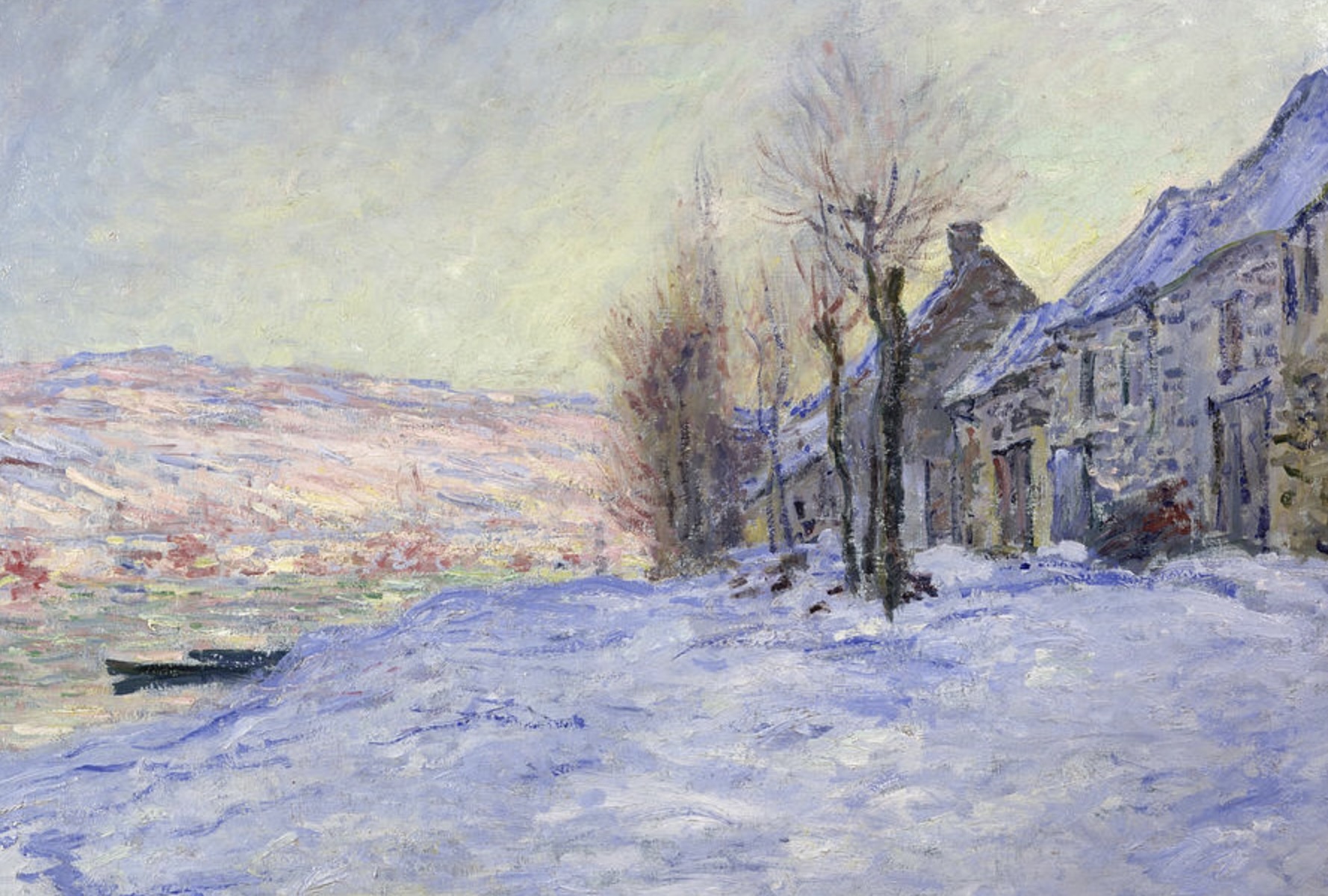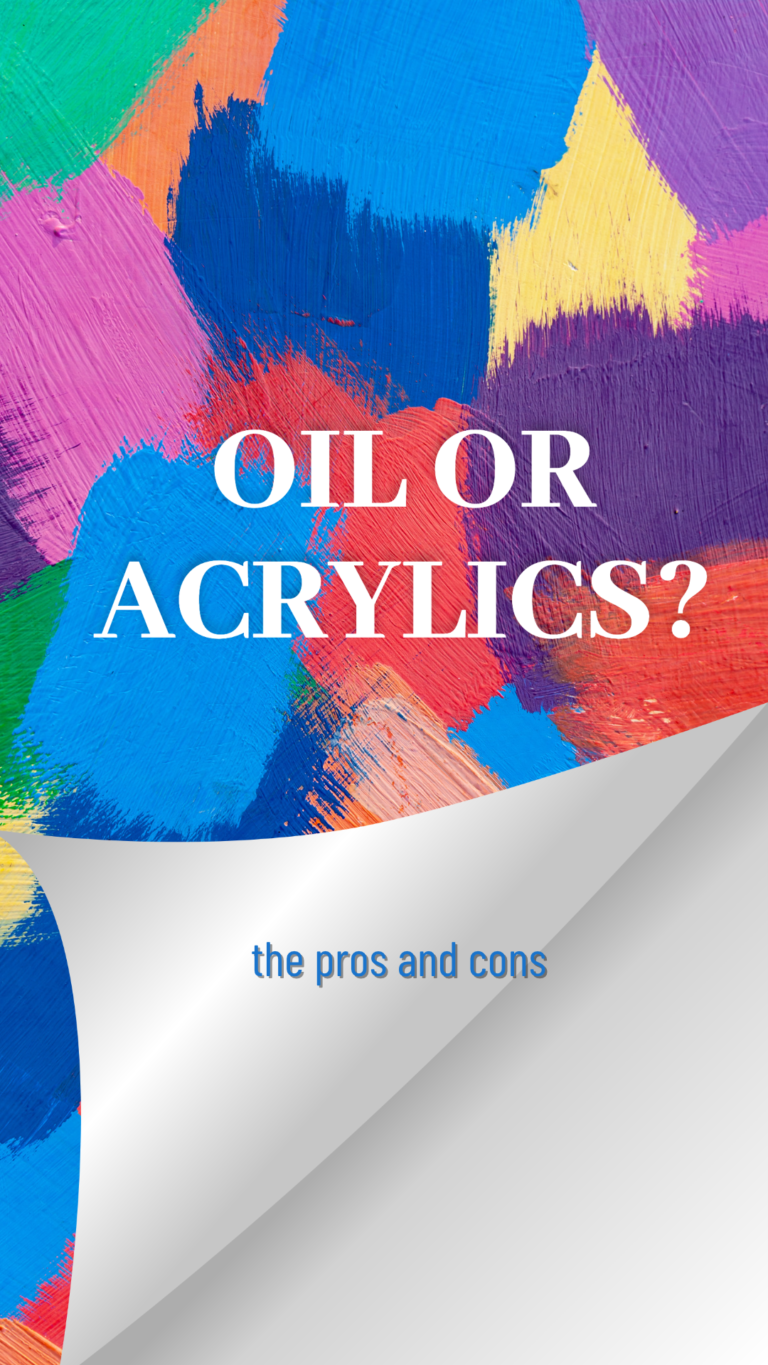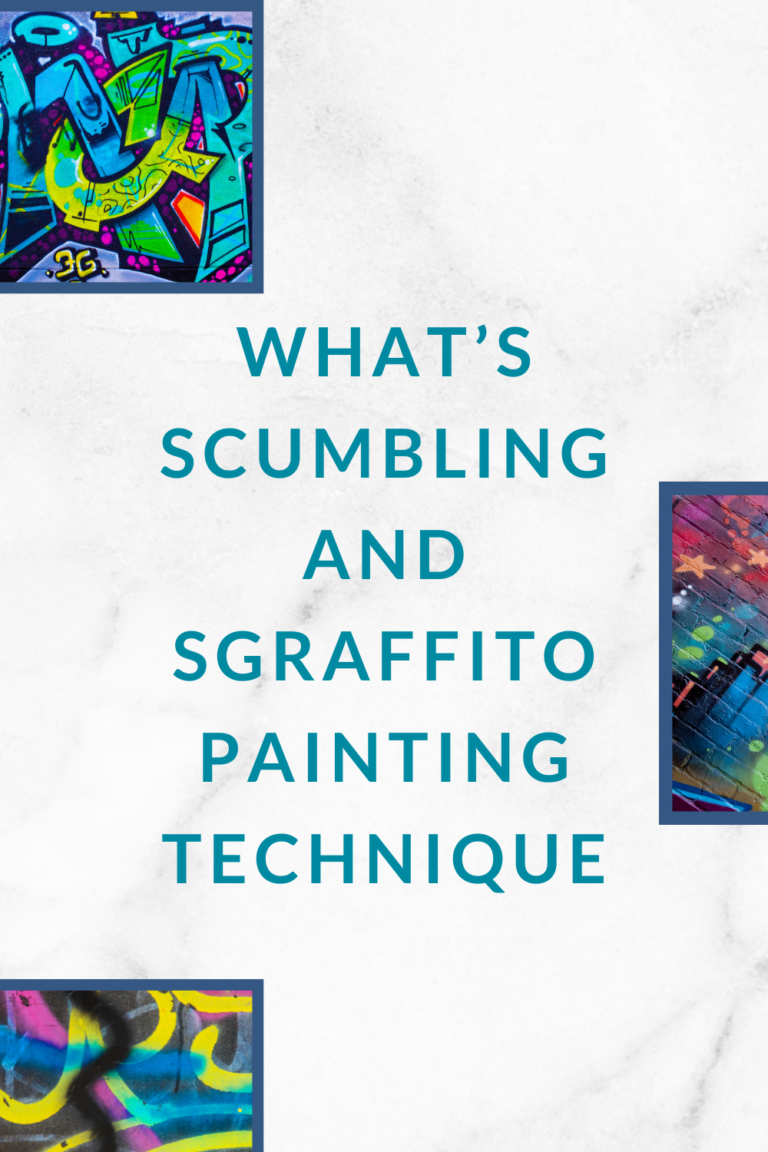Before I learned oil painting, I never realized there were so many different kinds of white! I mean, white is just white, right?
Most watercolour painters will rely solely on the white of the paper to create contrast and tonal range, and acrylics artists will commonly only have two or three whites to choose from.
But in oil painting, there are varieties like lead white, zinc white, Cremnitz white, flake white, just to name a few!
In this post, we will explore the beautiful world of whites:

(White can express so many different temperatures and atmospheres in a painting. See Claude Monet’s ‘Lavacourt Under Snow’ for an example.)
1: Lead White(also called Flake white): Before the advent of synthetic colors, lead white was the common choice for centuries. It’s slightly warmer in tone and very flexible. However, it’s also toxic.
Cremnitz white is a type of lead white. The term ‘Cremnitz white,’ refers a paint made by grinding basic lead carbonate ground in a vegetable drying oil (linseed, walnut, or safflower oil) without the addition of zinc oxide.
Lead white are fast drying and thick in consistency.
2: Titanium White: Today, the most commonly used modern white is titanium white. It’s an excellent substitute for lead white. It’s the “whitest” of all whites and offers the most coverage due to the density of the material used, primarily titanium dioxide. Titanium white is widely used in contemporary artistic applications because of its affordability, low toxicity, and high hiding power. It’s also great for mixing, thanks to its tinting strength.
3: Zinc White:
Zinc White is the least opaque white, making it an ideal choice for glazing and tints. It has a lower tinting strength than Titanium white and is great for lightening mixes without overpowering them. Zinc white is also cool in temperature.
When do artists use Zinc white?
Since titanium white is very opaque and can make mixtures pasty and thick, some portrait artists use a blend of half titanium white and half zinc white. This combination maintains the covering strength of titanium white but avoids excessive thickness, adding a more luminous feel to skin tones.
Similarly some landscape artists that paint mists or fogs find a low-tinting white like Zinc white is more useful than Titanium white.
There are other whites, like mixing whites, underpainting whites, etc., which are all variations of the whites mentioned above.
White is one of the most important colors in oil painting. I hope this post has helped you understand the landscape of white.




